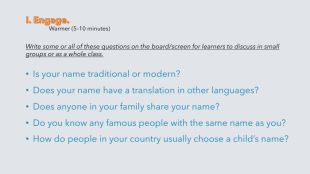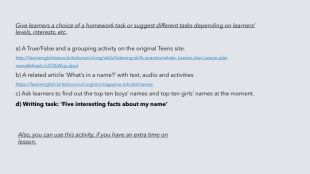Lesson plan. ESA model. Демонстрація використання методу на уроках англійської мови
Про матеріал
Розробка уроку з англійської мови у вигляді презентації - метод ESA Engage, Study, Activate (результат практичного завдання під час проходження курсів підвищення кваліфікації). З використанням інтерактичної дошки jamboard, аудіо-фрагментами та практичними вправами.
Engage, Study, Activate (ESA) is a method of sequencing activities in your lessons and was first proposed by Jeremy Harmer in his book, ‘How to Teach English’.
At first glance, ESA appears to be the same as PPP (Presentation, Practice, Production) or CAPE (Context, Analysis, Practice, Evaluation). Like PPP, there are three stages. Each stage of ESA roughly corresponds to PPP, but with ESA, the stages can be moved around or used more than once. Перегляд файлу
Зміст слайдів
pptx
Оцінка розробки


Безкоштовний сертифікат
про публікацію авторської розробки
про публікацію авторської розробки
Щоб отримати, додайте розробку
Додати розробку






















